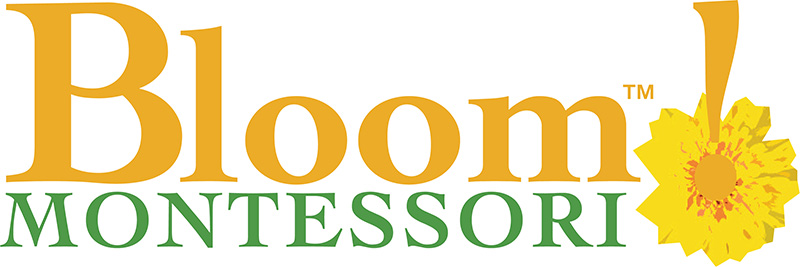After repeated trips to the garden to hunt for arthropods in the leaf litter and our visit from the University of Colorado “Bug Mobile,” the students have been very interested in the independent classroom works about Arthropods.
Sorting Arthropods into Insects and Arachnids has become very popular; this work is a combination of conceptual sorting and a basic math work. It requires the child to count the legs and body parts of the arthropod and use this information to sort them based upon their taxonomic description (insects have six legs and three body parts, arachnids have eight legs and two body parts)- a pretty high level cognitive operation for these two and three year olds!



Children also enjoy the larger work of sorting Arthropod three part cards into their taxonomic classes (some children have also experimented
with their own
classification schemes- including arthropods that bite people and arthropods that do not! An important consideration, I agree!).


The children also enjoy trying to identify the hidden Arthropods in
camouflage cards (and often play games outside in which they try to hide arthropods cut out of construction paper from their classmates by applying the concept of
camouflage).


The children love learning the nomenclature associated with the metamorphosis of arthropods.


And, of course, for the children who have acquired the motor control needed for handwriting, there are lots of opportunities for copy writing (coping text for handwriting practice).


These works are examples of the ways in which Montessori cultural units begin by providing the child with a concrete sensory experience and then permit them to actively construct meaning around the information they have been presented with (rather than passively memorizing facts); additionally, these cultural units reinforce and inter-relate with the traditional Montessori materials by providing additional motives (more practice and
repetition) for the child to engage in math, language, and handwriting tasks.

What gorgeous materials! Did you make or purchase the metamorphosis cards?
Thank you! That is very kind. I made the cards myself; the plastic arthropods for the sorting work I purchased (Safari Ltd. "Insect Toob" which is very badly named as it includes arachnids, larvae, and other non-insect arthropods). The plastic metamorphosis objects (egg, caterpillar, chrysalis, and butterfly) were purchased from Acorn Naturalists. If there are any cards or printed materials you would like, let me know. I am happy to share!
Your mollusk and sea shell cards are wonderful. Could you share where you purchased your shells and cards?